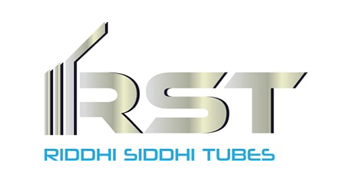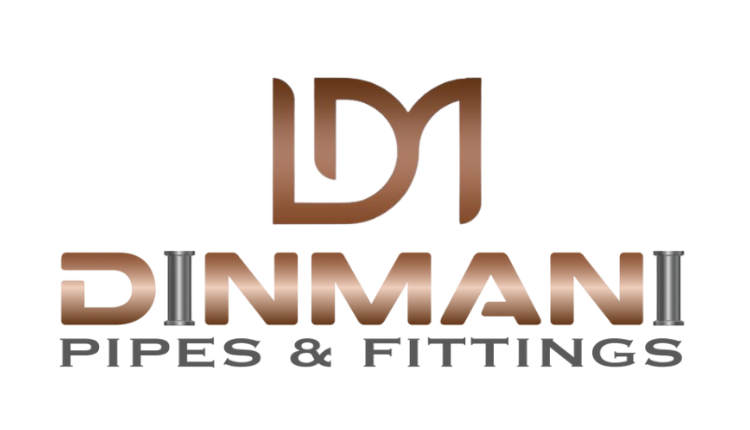Get A Quote
Get A Quote
+91

Home

Account

Get A Quote

About Us
Products
Materials
Contact Us
Connect with us
Get A Quote

Home

Account

Get A Quote

316L stainless steel pipes are popular thanks to their superior corrosion resistance, weldability and formability. These pipes are made from low-carbon alloy and include molybdenum, increasing the pipes' resistance to pitting and chloride ion corrosion.Stainless Steel 316L pipes are widely used in various industries due to their exceptional properties and versatility. Here, we will explore the benefits and applications of Stainless Steel 316L pipes.
The chemical composition table for stainless steel 316L pipes delineates elements crucial for versatile applications.
Elemen t | 316L |
NI | 11.0 - 14.0 |
C | 0.08 max |
MN | 2.0 max |
P | 0.045 max |
S | 0.30 max |
SI | 1.0 max |
CR | 16.0 – 18.0 |
MO | 2.0 – 3.0 |
TI |
|
N |
|
The stainless steel 316L pipes' chemical composition highlights a balanced mix of elements, emphasizing corrosion resistance and versatility in various applications.
Explore the Physical Properties table for an insightful overview of key characteristics shaping material performance and behavior.
| Grade | Density (kg/m3) | Elastic Modulus (GPa) | Mean Co-eff of Thermal Expansion (µm/m/°C) | Thermal Conductivity (W/m.K) | Specific Heat 0-100 °C (J/kg.K) | Elec Resistivity (nΩ.m) | |||
0-100 °C | 0-315 °C | 0-538 °C | At 100 °C | At 500 °C | |||||
| 316/L | 8000 | 193 | 15.9 | 16.2 | 17.5 | 16.3 | 21.5 | 500 | 740 |
Physical Properties table summarizes essential characteristics, offering insights into material behavior and performance for informed applications.
The table provides a detailed breakdown of key elements in the Mechanical Properties of SS 316L Pipes.
| Density | Melting Point | Tensile Strength | Yield Strength (0.2%Offset) | Elongation |
| 8.0 g/cm3 | 1399 °C (2550 °F) | Psi - 75000 , MPa - 515 | Psi - 30000 , MPa - 205 | 35 % |
It is evident that the SS 316L Pipes composition offers a balance of key elements to achieve specific mechanical and structural properties for demanding applications.
Following are the benefits of Stainless Steel 316L Pipes.
Thus, Stainless Steel 316L Pipes are used in various industrial applications.
Below are the applications of Stainless Steel 316L Pipes.
Hence, Stainless Steel 316L pipes offer a combination of corrosion resistance, strength, and versatility, making them indispensable in various industries and applications.
316L stainless steel pipes are popular thanks to their superior corrosion resistance, weldability and formability. These pipes are made from low-carbon alloy and include molybdenum, increasing the pipes' resistance to pitting and chloride ion corrosion.Stainless Steel 316L pipes are widely used in various industries due to their exceptional properties and versatility. Here, we will explore the benefits and applications of Stainless Steel 316L pipes.
The chemical composition table for stainless steel 316L pipes delineates elements crucial for versatile applications.
Elemen t | 316L |
NI | 11.0 - 14.0 |
C | 0.08 max |
MN | 2.0 max |
P | 0.045 max |
S | 0.30 max |
SI | 1.0 max |
CR | 16.0 – 18.0 |
MO | 2.0 – 3.0 |
TI |
|
N |
|
The stainless steel 316L pipes' chemical composition highlights a balanced mix of elements, emphasizing corrosion resistance and versatility in various applications.
Explore the Physical Properties table for an insightful overview of key characteristics shaping material performance and behavior.
| Grade | Density (kg/m3) | Elastic Modulus (GPa) | Mean Co-eff of Thermal Expansion (µm/m/°C) | Thermal Conductivity (W/m.K) | Specific Heat 0-100 °C (J/kg.K) | Elec Resistivity (nΩ.m) | |||
0-100 °C | 0-315 °C | 0-538 °C | At 100 °C | At 500 °C | |||||
| 316/L | 8000 | 193 | 15.9 | 16.2 | 17.5 | 16.3 | 21.5 | 500 | 740 |
Physical Properties table summarizes essential characteristics, offering insights into material behavior and performance for informed applications.
The table provides a detailed breakdown of key elements in the Mechanical Properties of SS 316L Pipes.
| Density | Melting Point | Tensile Strength | Yield Strength (0.2%Offset) | Elongation |
| 8.0 g/cm3 | 1399 °C (2550 °F) | Psi - 75000 , MPa - 515 | Psi - 30000 , MPa - 205 | 35 % |
It is evident that the SS 316L Pipes composition offers a balance of key elements to achieve specific mechanical and structural properties for demanding applications.
Following are the benefits of Stainless Steel 316L Pipes.
Thus, Stainless Steel 316L Pipes are used in various industrial applications.
Below are the applications of Stainless Steel 316L Pipes.
Hence, Stainless Steel 316L pipes offer a combination of corrosion resistance, strength, and versatility, making them indispensable in various industries and applications.






The Price Range For Stainless Steel 316L Pipes Products Is ₹200 To ₹400 Per Kilogram.
Stainless steel 316L pipes are not magnetic. Stainless steel 316L is a non-magnetic, austenitic steel that is commonly used in the production of pipe fittings and tubing. It has a lower carbon content than 316 steel, making it less susceptible to intergranular corrosion and cracking. This makes it a popular choice for use in environments where corrosion resistance is a concern.
Stainless steel 316L is highly corrosion resistant. It contains a low carbon content, which makes it less susceptible to intergranular corrosion and cracking. It also contains molybdenum which improves its resistance to pitting, crevice corrosion, and chloride-ion stress corrosion cracking. It has excellent resistance to corrosion by a wide range of industrial chemicals and marine environments, making it a popular choice for use in chemical processing, oil and gas, and marine applications.
316L stainless steel pipe is a type of austenitic stainless steel designed to offer increased corrosion resistance due to its low carbon content. It typically has a higher nickel and molybdenum content than grade 304, resulting in greater tensile strength, toughness and weldability. Common applications include chemical processing, pharmaceutical equipment and medical equipment. Typical specifications for 316L pipes include tube dimensions ranging from 0.125" to 12", wall thickness ranging from 0.019" to 0.281", and length up to 20' or more.











-1688635827661.webp)




























No more suppliers available.
Website Banner